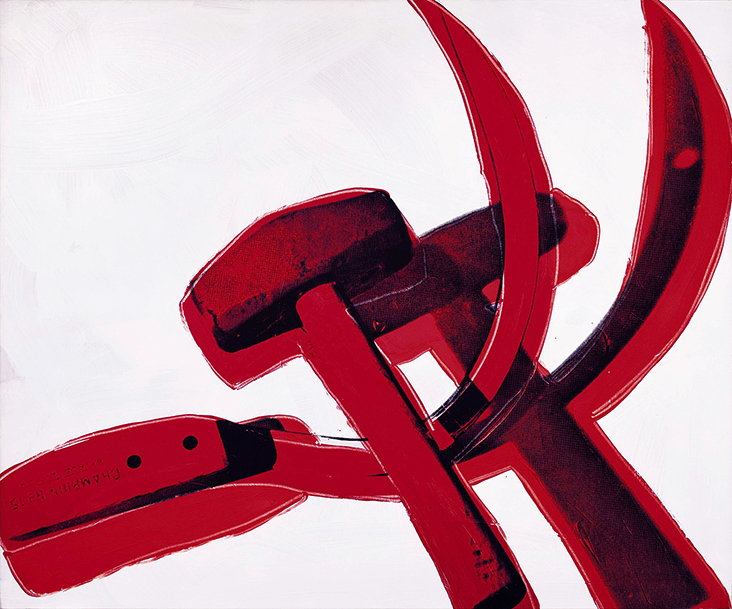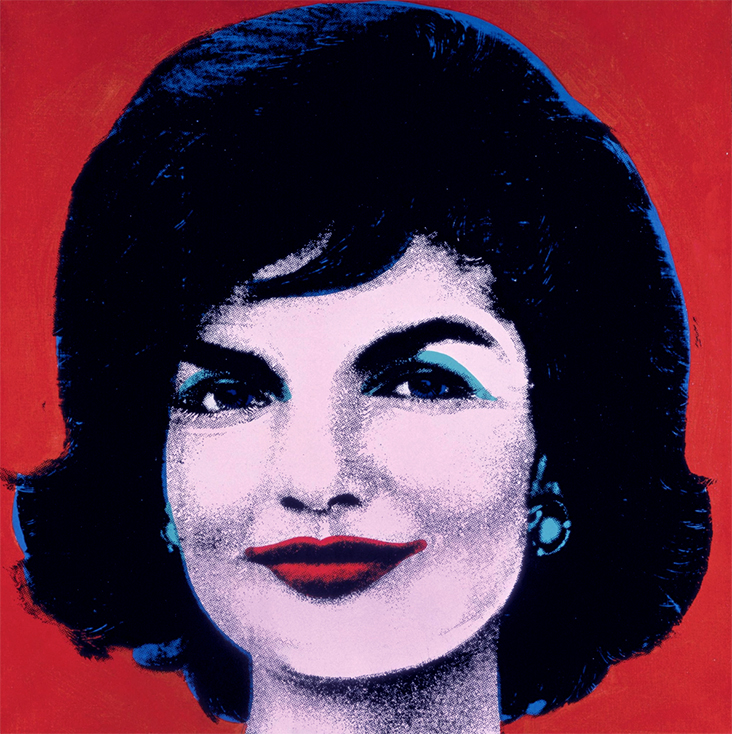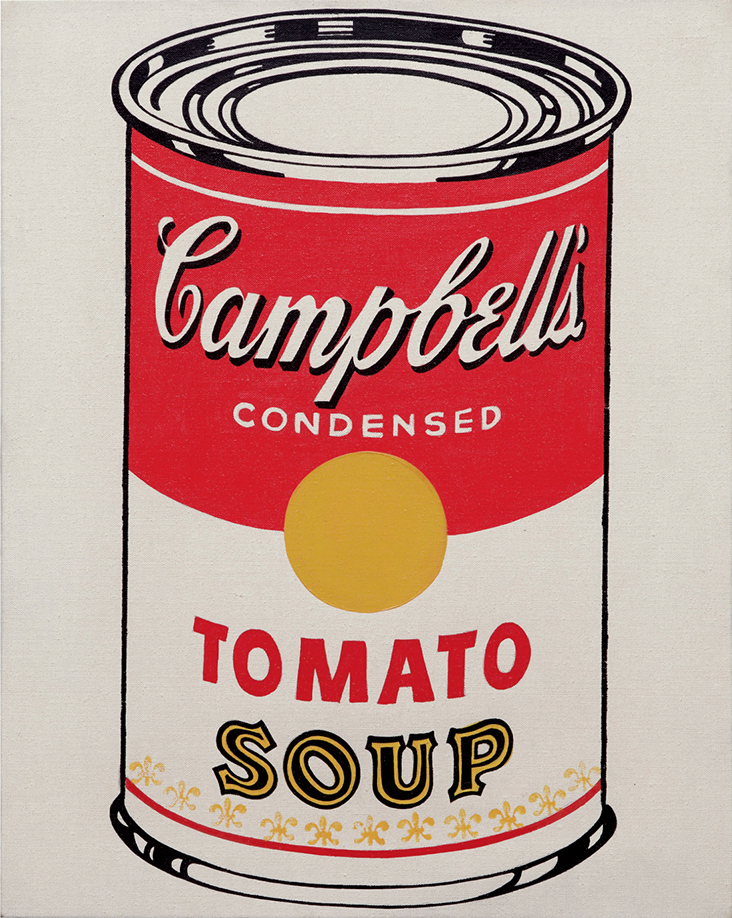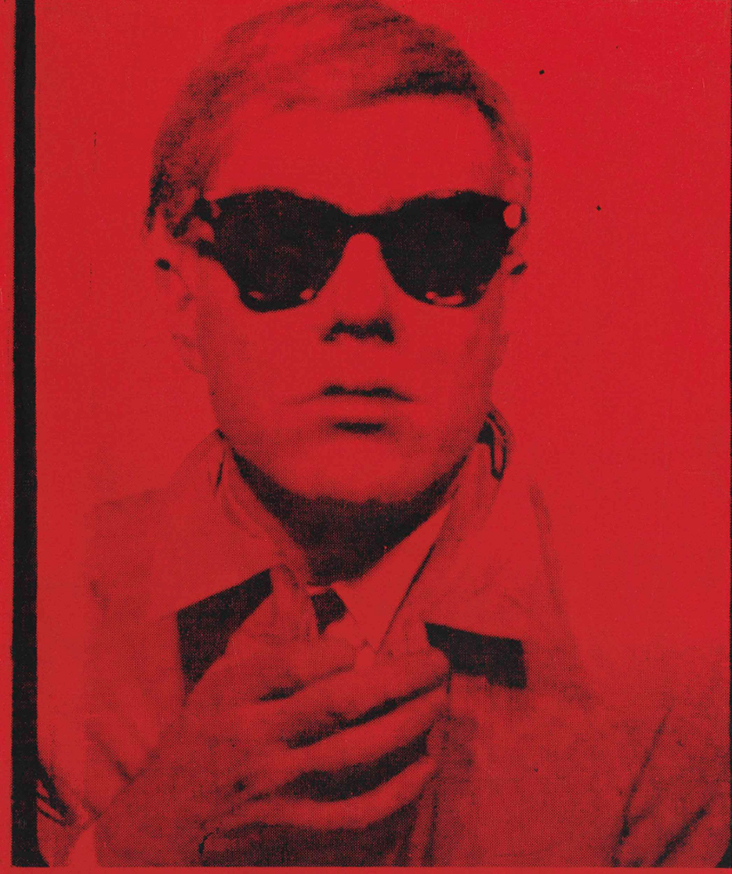FS Colour Series: Firecracker Red inspired by Andy Warhol’s Glossy Glamour
Andy Warhol loved red. From high heeled shoes to blooming flowers and celebrity portraits, shades of blazing fire lit up his iconic artworks and made them pop. The pink crimson of Firecracker Red linen was one of his favourites, appearing as inky, infused washes, bloodshot stains and patches of flat pattern, a colour that could celebrate decadent power as much as the darker side of life. His legacy will forever be as the man who brought mainstream, popular culture into the art world arena, filtering imagery through his own inimitable lens of high octane colour and simplified, graphic pattern, writing, “There is beauty in everything. Just not everybody sees it.”
Warhol was born Andrew Warhola in 1928 in Pittsburgh, Pennsylvania. His parents were Carpatho-Rusyns, who had emigrated from Ruthenia, a region now in the Slovak Republic. Raised in relative poverty, the glossy realms of American advertising represented an inaccessible world of divine, almost spiritual beauty and offered an escape from the struggles of wartime austerity. From a young age, Warhol showed an aptitude for drawing. His art career began at the Carnegie Institute of Technology, where he studied pictorial design, before heading to New York to find work as a commercial illustrator. The whimsical, expressive illustrations he made quickly became popular, appearing in Glamour Magazine, Vogue, Harper’s Bazaar and The New Yorker, typifying the quintessentially glamorous side of 1950s New York as so famously described by Truman Capote. See a Shoe Pick it Up, 1955, is one example, where striking red and gold lend the shoe an exclusive, regal quality, making it a powerful symbol of aspiration and desire.
By the 1960s Warhol was producing artworks based on slick advertisements from popular culture, including celebrity portraits and familiar, much loved slogans. In his world famous series of the ubiquitous Campbell’s Soup Can (Tomato), 1962 Warhol heightens the red of the original advertisement to intensify its impact, while flattened patterns, grids and repetition lift the ordinary logo into an otherworldly realm. Red Liz, 1962, captures the film star Elizabeth Taylor at the height of her career, taking a publicity still from her film ‘Butterfly 8’ and elevating it into an art object through blocks of vivid colour, as an indulgent crimson red adorns the backdrop and her red lips, infusing the image with 1960s Hollywood glamour.

Hammer and Sickle / Andy Warhol / 1977 / Acrylic and screen print on canvas / Crystal Bridges Museum of American Art.
Warhol was also a master of self-promotion and his own image appeared frequently in his paintings, prints and photographs. Many of them featured a red backdrop to heighten their dramatic impact, including the early screenprint, Self-Portrait, 1963-1964. The photographic image in this print captures Warhol wearing trademark black sunglasses, camel trench coat, smart shirt and tie, a distinctive, staged look that emphasises the importance he placed on public image and its ability to create artifice and disguise. The intense red hue here blends with black, graphic simplicity and lends the motif the striking visual impact of a movie poster, transforming Warhol, himself into a brand or commodity.
The later Self-portrait, 1967 is one of the artist’s most iconic poses, which has been reproduced and copied many times over in the decades following his death in 1987. Here he reduces his image into a series of flattened, graphic motifs filtered through a digital lens, creating distance between us and the real Andy. Seductive red tones catch our eye and draw us in, forming a misty, ambiguous haze in the background that obscures half his face, while a cut out patch of forest green over his hair makes a sharp, biting contrast. As with much of his work, we see in this image an idealised motif, one that echoes the glossy style and glamour of celebrity culture that had Warhol so transfixed and obsessed, from the start to the end of his career.
























































One Comment
Vicki Lang
Andy Warhol was such a colorful personality. Thank you for bring him to life.